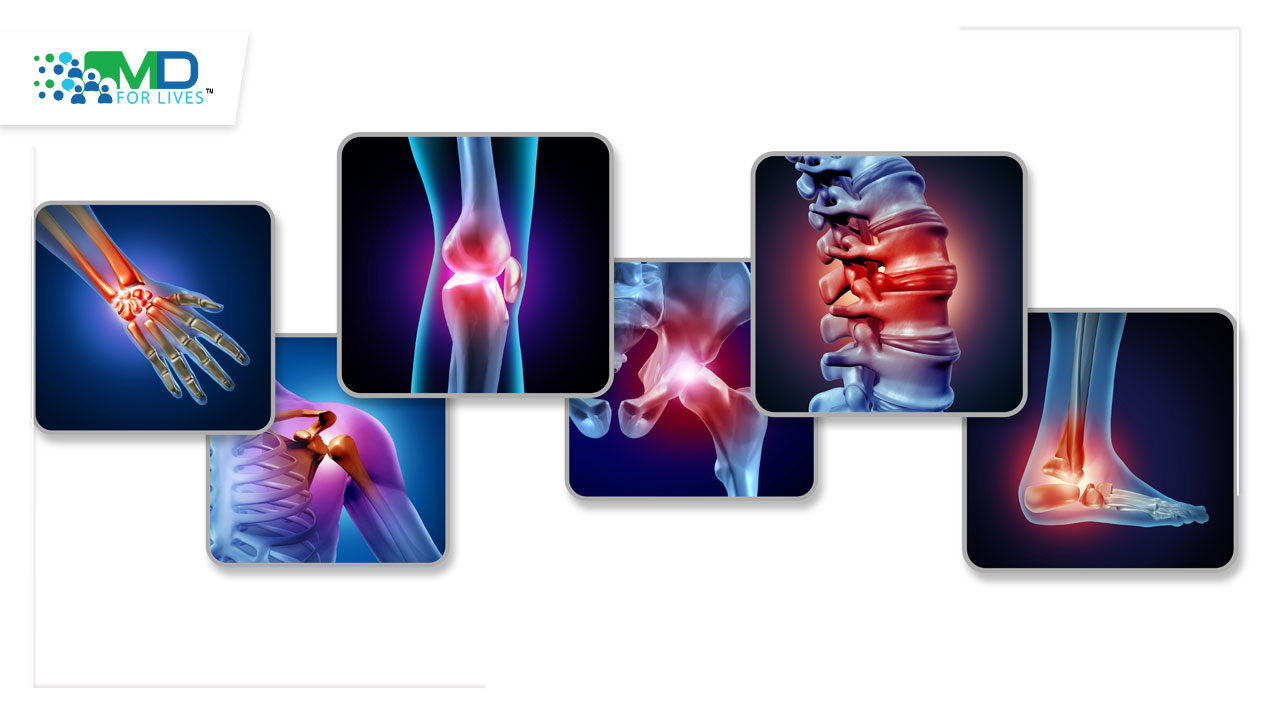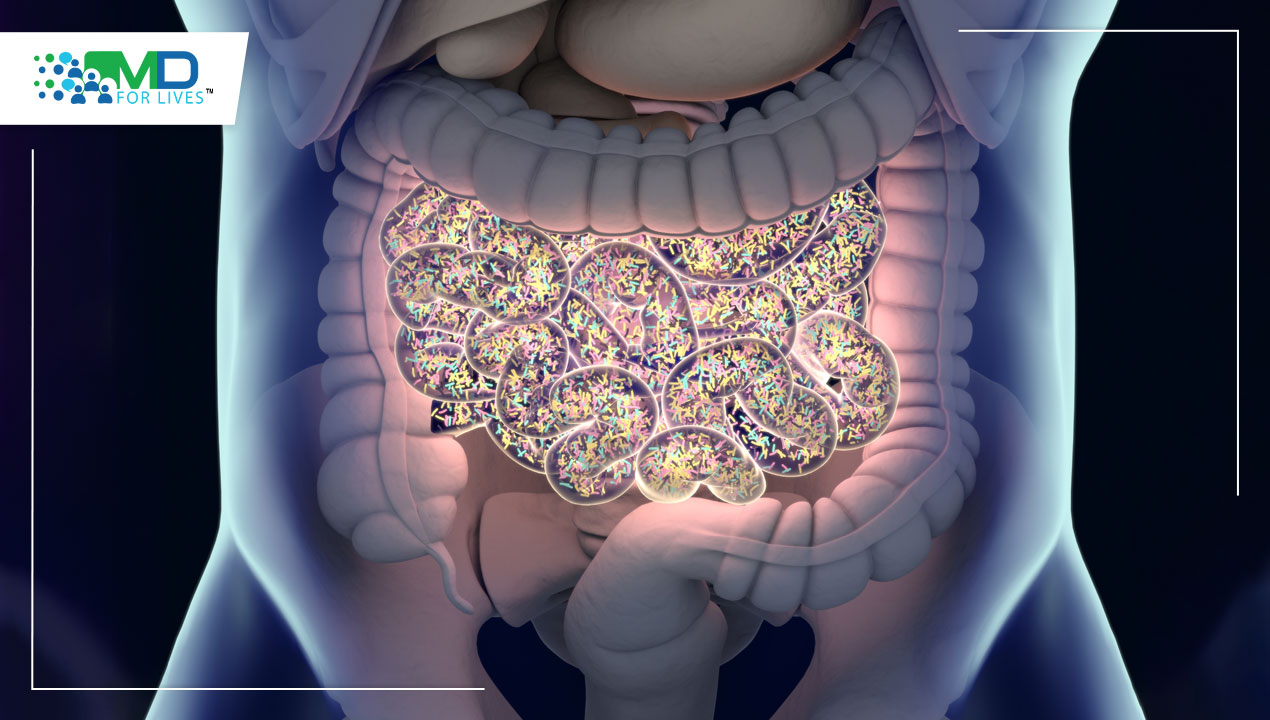Asthma and food allergies may have a closer relationship than previously thought. Aside from the fact that people with food allergies are more likely to acquire asthma than those who do not have them, there is evidence that having asthma increases the chance of a severe allergic episode, including a potentially fatal, whole-body response known as anaphylaxis. According to a growing amount of evidence, asthma and food allergies are part of a wider cluster of illnesses known as the “atopic march,” in which one atopic (allergic) disorder causes another. This has the potential to not only change how asthma and food allergies are handled, but also to potentially prevent both disorders at a young age. Despite the fact that asthma is an atopic condition, not all varieties of asthma are allergic. Based on this, the link between asthma and food allergies appears to be different. According to 2020 Finnish research, the number of allergic and non-allergic asthma diagnoses in a random cohort of patients was nearly evenly split, with 52 percent having allergic asthma and 48 percent having non-allergic asthma.
Asthma and food allergies have a complicated interaction. According to 2017 research published in the Frontiers of Pediatrics, between 4% and 8% of children with asthma have a food allergy, and around 50% of children with a food allergy may develop respiratory symptoms such as wheezing and shortness of breath after an allergic response. Although the rate of food allergy in children with asthma is similar to that reported in the general population, which is about 8%, they are more likely to experience a respiratory episode when allergy hits.
Nasal congestion, rhinorrhea, sneezing, itching of the nose and throat, coughing, and wheezing are all indications of food hypersensitivity responses. Food allergens are often ingested; however, inhaling food proteins in the form of dust or aerosolized particles can also cause respiratory problems. Isolated asthma or rhinitis caused by food allergy has been recorded; however, it is uncommon. Food allergy symptoms are frequently accompanied by dermatological and/or gastrointestinal signs. Asymptomatic airway hyperreactivity or symptomatic asthmatic reactions can be triggered by foods. Furthermore, systemic anaphylactic responses frequently have a respiratory component. Up to 50% of patients experience respiratory symptoms as part of systemic allergy responses provoked by food. However, isolated food-induced respiratory symptoms occur in just 2 to 8% of food allergy patients.
Once a food allergy and asthma diagnosis has been established, education on food allergy and asthma management is critical. Patients must be taught the necessity of avoiding food allergens and learning how to read food labels, as well as the proper use of emergency drugs in the event of an allergic response. Because uncontrolled asthma is a risk factor for severe anaphylaxis, it is critical to have effective asthma management and drug adherence. Notably, patients are frequently confused about whether their symptoms are caused by asthma or food allergy; if they suspect food-induced anaphylaxis, they should not rely on short-acting bronchodilators; in this case, injectable epinephrine is the therapy of choice.
The Department of Microbiology and Immunology at Indiana University School of Medicine has discovered a significant new finding on how a specific molecule might enhance lung function in patients with asthma and food allergies. Asthma affects millions of children and adults in the United States, and it is caused by allergen-induced inflammation of the lungs. The capacity of cells to interact with one another is crucial in the development of inflammation, and this happens via the production of chemicals known as cytokines.
One of these cytokines, interleukin-9 (IL-9), has been detected in people with asthma and food allergies; however, it is unknown how IL-9 increases inflammation. Researchers identified one of the cell types, dubbed lung macrophages, as a primary target of IL-9 in a paper published recently in Science Immunology. They discovered that when the IL-9 receptor was absent, allergic lung inflammation reduced, and the macrophage is required for IL-9 action in the allergic lung. They also identified enzymes and other cytokines that are essential for the development of allergic inflammation in macrophages and discovered a link between IL-9 and the downstream effectors and the diagnosis of asthma in patients.
This research represents a huge step forward in the study of allergic lung inflammation. It may be utilised to further investigate macrophage populations and identify how it could be a possible therapeutic method for the treatment of asthma and other kinds of lung inflammation. People who have food allergies and asthma are at a higher risk of morbidity and death. Management of food allergy and asthma, as well as diagnosis of food-triggered asthma exacerbations, may enhance therapy and prevent severe responses with increased understanding of the interaction between these two entities. A multifaceted approach to addressing this population of patients can result in the best possible care.
Reference:
- https://www.uptodate.com/contents/respiratory-manifestations-of-food-allergy
- https://www.betterhealth.vic.gov.au/health/conditionsandtreatments/asthma-and-food-allergies
- https://www.lung.org/blog/asthma-and-nutrition
- https://www.ncbi.nlm.nih.gov/pmc/articles/PMC3155248/
- https://www.science.org/doi/10.1126/sciimmunol.abi9768

MDForLives is a vibrant community of healthcare professionals and patients dedicated to shaping the future of healthcare. We provide valuable global insights to healthcare companies through online surveys, interviews, and discussion forums.






